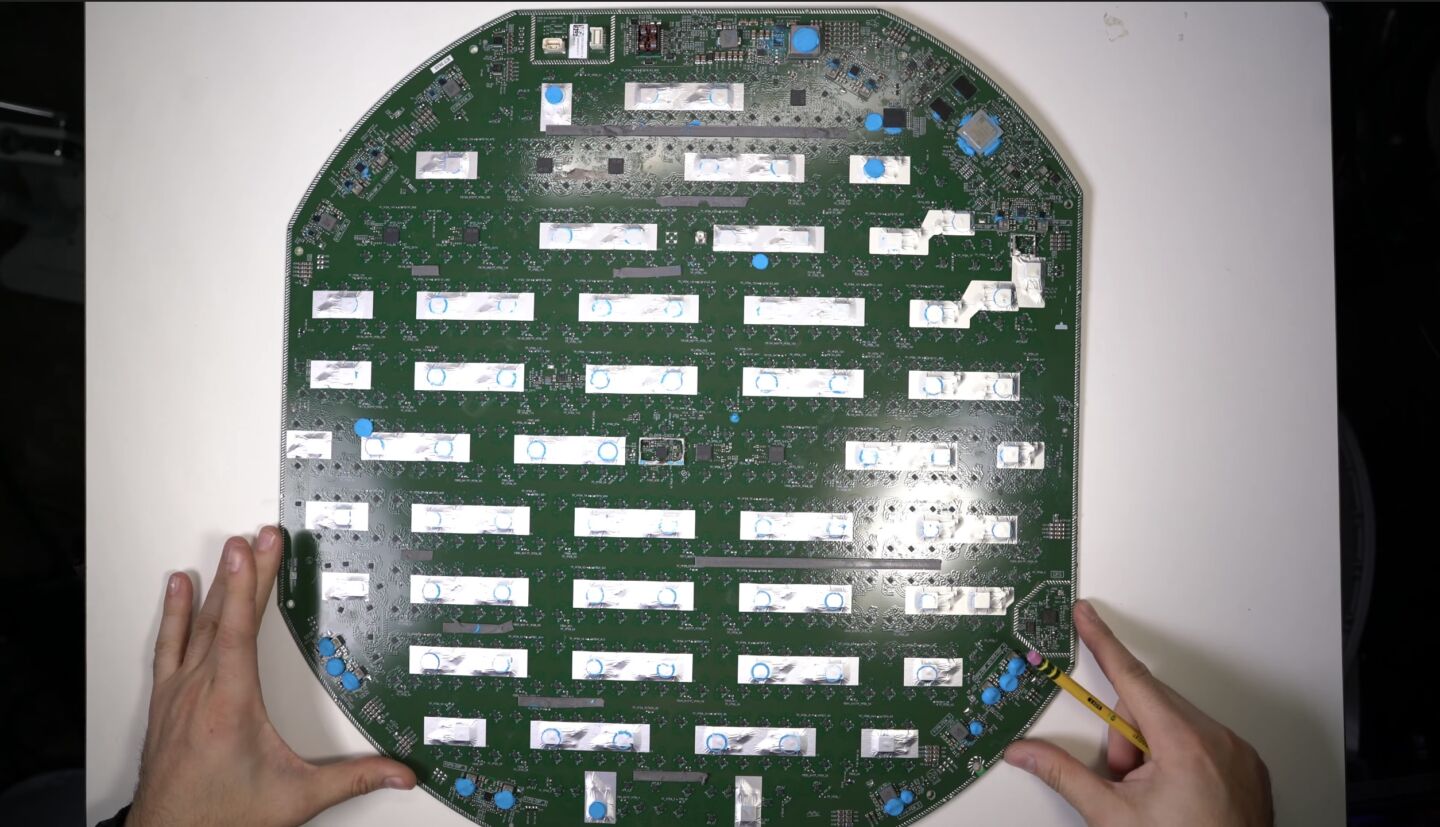plowhog
Elite Member
- Joined
- Dec 8, 2015
- Messages
- 4,048
- Location
- North. NV, North. CA
- Tractor
- Massey 1710 / 1758, Ventrac 4500Y / TD9
I'm envious of your HughesNet deal.The monthly cost is 3X what I'm currently paying for HughesNet.
My HughesNet bill is $89/mo (residential.) Regarding service, my best description is ... that it is better than nothing. Speed is slow, upload speed so slow that I don't even bother to try, and the modem seems to "disconnect" or go into deep sleep after a period of non-use. Takes a minute or two for it to wake back up.
Starlink quoted me $99/mo for service. So if your HughesNet is 1/3 of that you are getting a deal!!

